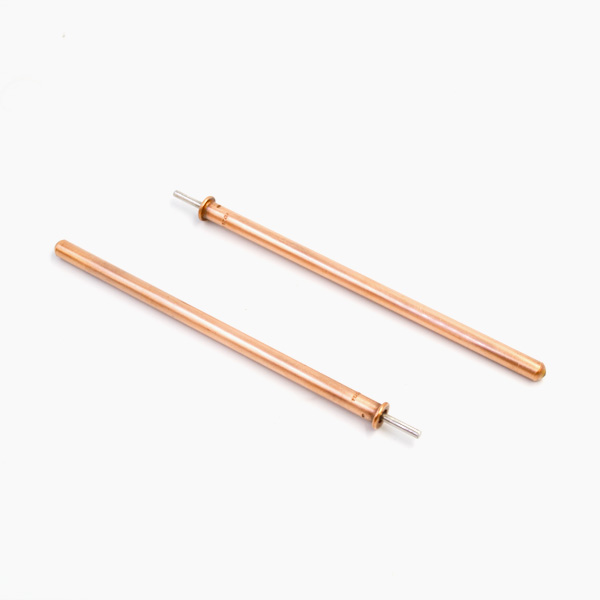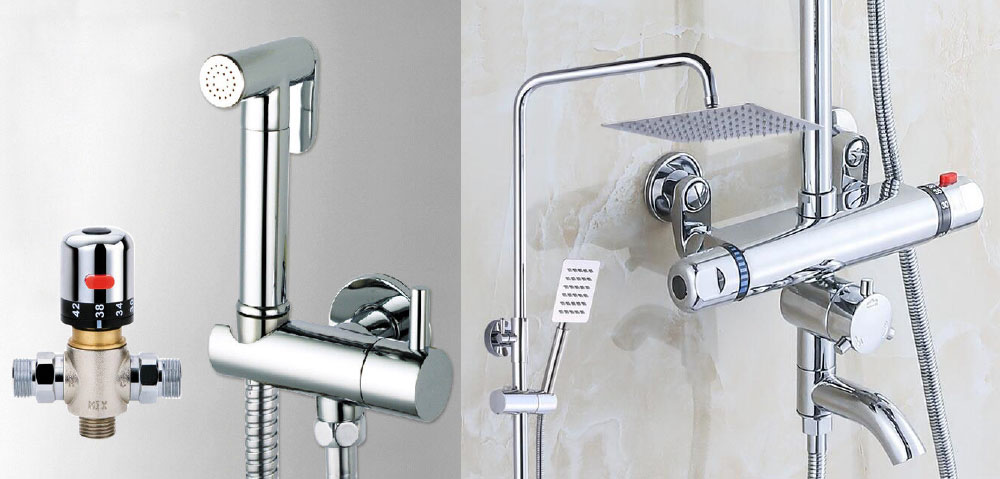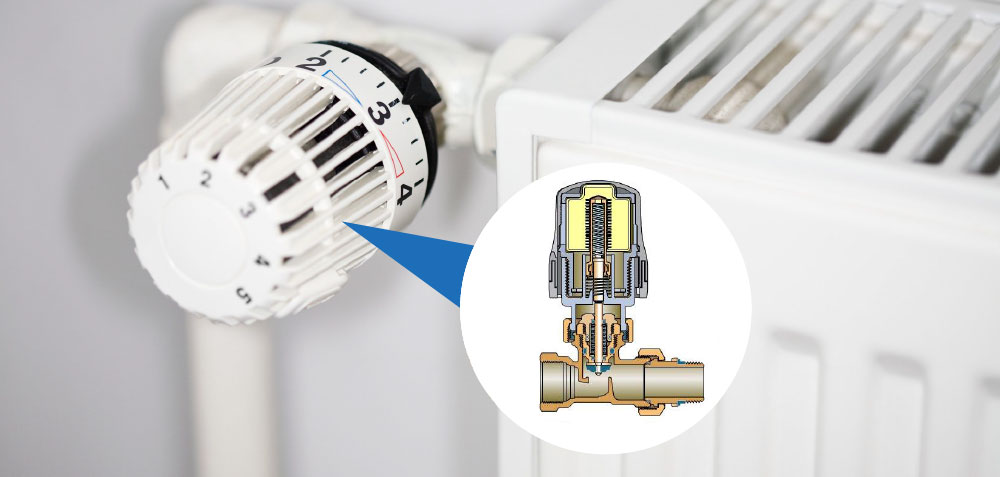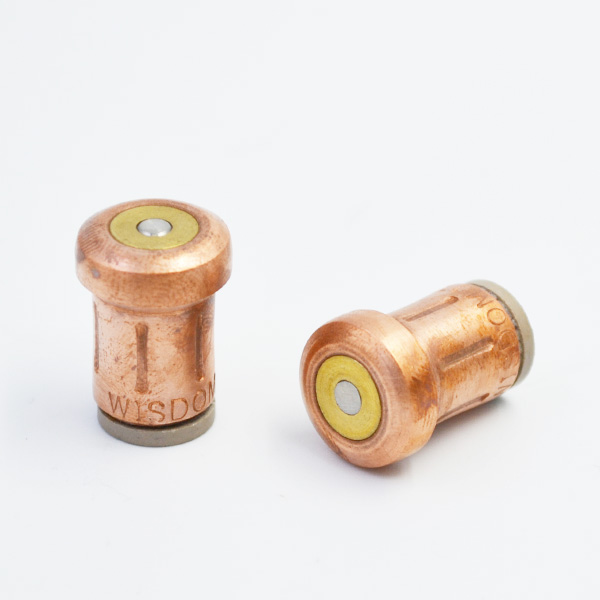Aiming at the problem that the internal working mechanism of the fuzzy controller is unknown, an interval type 2 (IT2) fuzzy PI/PD controller is proposed, and the analytic structure of the IT2 fuzzy controller is deduced. The Fuzzy Controller adopts Mamdani rule form and assigns only two IT2 fuzzy sets to each input variable. It has the advantages of less number of rules, less uncertainty of rules and smoother control output. According to the descending characteristics of IT2 fuzzy controller, the whole input space is divided into 15 partitions, and the mathematical expression of output control on each partition is derived. It is proved that the IT2 fuzzy controller is equivalent to a non-linear proportional integral (PT) or proportional differential (PD) controller with variable gain. Finally, the effectiveness of the IT2 fuzzy PI/PD controller is verified by comparing the control effect of the corresponding one-type fuzzy controller and the traditional PI controller in simulation and experiment. When dealing with the uncertainty of fuzzy rules in practice, the exact membership function of type 1 (T1) fuzzy controller is limited. In order to overcome this limitation, interval two type (it2) fuzzy controller is proposed. The “three-dimensional” characteristics and “broadband” effects of IT2 fuzzy set membership function make IT2 fuzzy controller have unique advantages in reducing the number of rules, smoothing control output and optimizing control response performance. In recent years, IT2 fuzzy controller has become a research hotspot. Linear PID control has been widely used in industrial processes. However, the performance of linear PID control on complex control problems such as high nonlinearity, time-varying or large delay is not ideal.
Scholars have proposed nonlinear PID control. Since the 1980s, T1 fuzzy PID controller has been concerned by scholars and proved to be a kind of nonlinear PID control with variable gain. With the introduction of IT2 fuzzy control and considering its advantages in processing system uncertainty, a IT2 fuzzy PI/PD controller is proposed in the literature. Mathematical deduction proves that the IT2 fuzzy controller is equivalent to a non-linear PI/PD controller with variable gain.
However, the upper bound membership function (UMF) and lower bound membership function (LMF) of the IT2 fuzzy PI/PD controller proposed in the literature are linear, which greatly limits the performance of the fuzzy controller in complex control problems. Therefore, on the basis of document [10], when designing IT2 fuzzy PI/PD controllers, the paper reduces the constraints on the number of inputs, the number of fuzzy sets, the shape of fuzzy sets and the consequent parts of fuzzy rules, and proves that if the UMF and LMF of the input IT2 fuzzy sets of an IT2 fuzzy controller are piecewise linear or linear. Then the IT2 fuzzy controller can be equivalent to a non-linear PI/PD controller with variable gain with a residual term varying with input. However, most of the previous studies focused on the design and structure analysis of IT2 fuzzy PI/PD controllers with linear or piecewise linear UMF and LMF. The research on the design and structure analysis of IT2 fuzzy PI/PD controllers with non-linear UMF and LMF was seldom involved. In this paper, an IT2 fuzzy PI/PD controller with both UMF and LMF nonlinearities is proposed. Firstly, the design of IT2 fuzzy PI/PD controller adopts Mamdani rule form, symmetrical rule afterparts, Zade and (AND) operator, Kamik-Mendel (KM) reduction method and center of gravity defuzzification method. Secondly, by dividing the input space of the fuzzy controller into 15 partitions, the structure analysis proves that it is equivalent to a non-linear PI/PD controller with variable gain. Finally, the validity of the IT2 fuzzy PI/PD controller is verified by the coupled flume simulation example and the sinusoidal tracking experiment of the industrial electromechanical integrated drive unit (IMDU). It’s a reference signal; Ke and Kr are scaling parameters. In the study, each input variable has two IT2 fuzzy sets: positive (P) and negative (N). The fuzzy membership function of input variable E is denoted as 1P and 1N respectively, and the fuzzy membership function of input variable R is denoted as 2P and 2N respectively. Where: X represents the input variable E or R, theta I is the design parameter, I = 1,2. Among them, theta 1 and theta 2 design parameters. As can be seen from Figure 2, the membership degree of the selected IT2 fuzzy sets with both UMF and LMF nonlinearities is sensitive when the change speed of system error E and system error R is near zero, while the membership degree of IT2 fuzzy sets tends to be saturated when E and R are far from zero. Such IT2 fuzzy sets can make the control of the fuzzy controller near the ideal position more precise, which is conducive to improving the control accuracy of the system. At the same time, UMF and LMF together determine the uncertainty trace of IT2 fuzzy set. Therefore, the uncertainty trace of input variable fuzzy set can be adjusted by design parameters theta 1 and theta 2. The uncertainty trace of IT2 fuzzy set directly affects the performance of control system. Rule 1: If E(n) is positive and R(n) is positive, then Delta U(n) is H1. Rule 2: If E(n) is positive and R(n) is negative, then Delta U(n) is H2. Rule 3: If E(n) is negative and R(n) is positive, then Delta U(n) is H3. Rule 4: If E(n) is negative and R(n) is negative, then Delta U(n) is H4. Among them, H1, H2, H3 and H4 are four single-point consequential fuzzy sets. IT2 fuzzy controller uses KM descending method. IT2 fuzzy sets can be regarded as the union of many embedded T1 fuzzy sets.

Therefore, the reduced set of IT2 fuzzy sets consists of the center of gravity of all embedded T1 fuzzy sets. Then the reduced set of IT2 fuzzy sets can be expressed as Ycos=[y1, yr]. Among them, – fi I < Fi= [fi, fi], I = 1, 2, 3, 4.

Assuming that H42 = H31, day is a design parameter. L and R can only have two possible values, namely HL={H4, H3=H2} and HR={H4, H3=H2}. Case 1.
Case 2. It is known from Characteristic 1 that the activation intensities of Rule 1 and Rule 4 are independent of the switching points when calculating yl. Moreover, according to the size of Rule activation intensities F 1 and f4, they are divided into two situations. Therefore, the first step is to calculate the activation intensities F1 and F4 corresponding to Rule 1 and Rule 4. Then, by comparing the sizes of Rule 1 and Rule 4, the input space is empty. Partitions are made between them. Finally, the left endpoint of the reduced set is calculated by using Formula (18) or Formula (19). According to the results of ZadeAND operation in F1 and f 4, the input air emergency journal is partitioned to determine the corresponding activation intensity of Rule 1 and Rule 4. (a) The input space is divided into two regions, IC1 and IC2 in Figure 3, according to the results of ZadeAND operation in F1 = min {EP.RP}, in which the values of F1 are EP and RP, respectively. B) The input space is divided into IC1 and IC2 regions in Figure 4 according to the results of ZadeAND operation in F4 = min {EN, RN}, in which the values of F4 are EN and RN, respectively. By comparing the size of F1 and f4, the input space is divided into two regions, case 1 and case 2, according to the two criteria of formula (23) and formula (24). Then, the partition is superimposed with the partitions in Figures 3 and 4 to get the four partitions in Figure 5: S1, S2, S3, S4.
The dotted line in Figure 5 indicates F4 = f1. (a) In region S1, F1 = EP and F4 = RN, F4 > f1. So when input in the S 1 region, calculate the operation of the left endpoint usage case 1. B) In region S2, F1 = RP and F4 = EN, F4 > f1. So when input in the S 2 region, calculate the operation of the left endpoint usage case 1. C) In region S3, F1 = EP and F4 = RN, f41. So when input in the S3 region, calculate the operation of the left endpoint usage case 2. D) In region S4, F1 = RP and F4 = EN, f41. So when input in the S4 region, calculate the operation of the left endpoint usage case 2. In different scenarios, the input space is partitioned according to the results of ZadeAND operation corresponding to activation intensity in Rule 2 and Rule 3. The dotted lines in case 1 area in Figures 6 and 7 represent EP = RN and EN = RP, respectively. Finally, on the premise of considering the case transformation, all the partitions mentioned above are superimposed on the input space to obtain the final partition result of the input space when calculating the left endpoint of the reduced set, as shown in Figure 8.

Similarly, by deducing the expression of) yr calculation and adopting the similar algorithm steps mentioned above, the partition result of input space is obtained when computing the right endpoint of the reduced set, as shown in Figure 9. Finally, by superimposing Figures 8 and 9, the complete partition result of IT2 fuzzy PT controller in input space is obtained, as shown in Figure 10. In this section, the rule activation intensity in formula (14) and formula (15) is replaced by their corresponding specific expressions, and then the mathematical expression of the input-output relationship of the IT2 fuzzy controller on each partition is derived. Next, taking IC1 as an example, the derivation process of the analytic structure of IT2 fuzzy controller is introduced in detail.

IC1 area. The derivation process of the incremental output expression of IT2 fuzzy PI controller on other partitions is similar to that of IC1. Then, on the basis of the above assumptions, the incremental output expression of IT2 fuzzy PI squeezer in all the other sub-regions can be obtained. IC3 area. IC4 area. IC5 area. IC6 area. IC7 area. By comparing the mathematical expression of input-output relationship derived from IT2 fuzzy controller on each partition with the incremental expression of traditional PID controller, it can be proved that the IT2 fuzzy controller mentioned in this paper is equivalent to a non-linear PI controller with variable gain. Similarly, if the output signal of the IT2 fuzzy controller in Fig. 1 is the control signal directly, the IT2 fuzzy controller mentioned in this paper can be equivalent to a non-linear variable gain PD controller according to the position expression of the PID controller. Therefore, the proposed IT2 fuzzy controller is equivalent to a non-linear PI or PD controller with variable gain. The simulation object is a coupled flume, as shown in Figure 11. PI controller, it2 fuzzy controller and T1 fuzzy controller are used to control the water injection of No. 1 water tank, thermostatic element so that the liquid level of No. 2 water tank can reach the desired height. Specific parameters of the model are as follows: H1 = H2 = 0, alpha 1 = alpha 2 = 5.618 6, alpha 3 = 10, Q2 = 0, and target liquid level height 15 cm. The simulation results of the three controllers are shown in Fig. 12 and Fig. 13. The indices of control effect are shown in Table 1. The ITAE of the absolute value of system error and the product of control time is selected as the performance indices to reflect the overall control effect, such as Formula 54. The bigger the ITAE index value is, the worse the control performance of the system will be. T represents the simulation deadline. From figs. 12 and 12, it can be seen that compared with corresponding T1 fuzzy controller and PI controller, IT2 fuzzy controller significantly reduces overshoot and adjustment time without increasing rise time. It is shown that the IT2 fuzzy PI/PD controller proposed in this paper can effectively optimize the control response performance. Fig. 13 shows the change trajectories of error signal and error change speed under the control of PI controller, T1 fuzzy controller and IT2 fuzzy controller respectively. It can be seen from the figure that the IT2 fuzzy controller can make the system error converge faster when the error is close to zero. IMDU is an industrial electromechanical integrated drive device, as shown in Figure 14. The instrument can be used as basic servo system, reverse compensation, friction compensation and coupling of high-order system of industrial system. There are four axes in the device, two of which are motor-driven and the other two are freely rotating. All four axes are equipped with optical encoders. The motor is driven by a linear control amplifier with 100 W power.

The uniform white noise is added to the output of the system, and the angle position sinusoidal tracking control experiment of a driving shaft of IMDU under load is carried out. Meanwhile, the control performance of T1 fuzzy controller and IT2 fuzzy controller is compared by using the integral of absolute error of sinusoidal tracking curve (IAE) as the performance evaluation criterion. The specific parameters are selected as follows: Lower: Ke = 200, Kr = 0.5, H = 25, theta 1 = 0.
25, theta 2 = 0.4. Under load, the sinusoidal tracking curves and sinusoidal tracking error curves of T1 and IT2 fuzzy systems are shown in Fig. 15 and Fig. 15. As can be seen from Fig. 15 and Fig. 16, the IAE of the tracking curve of the T1 fuzzy system in a sinusoidal period is 3 381.4, while that of the IT2 fuzzy system in a sinusoidal period is only 1.
